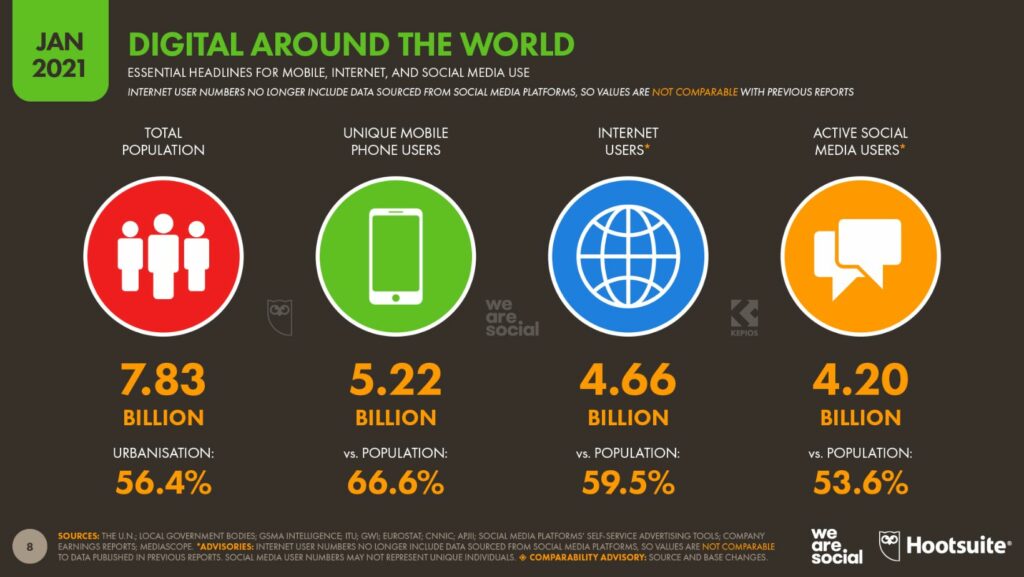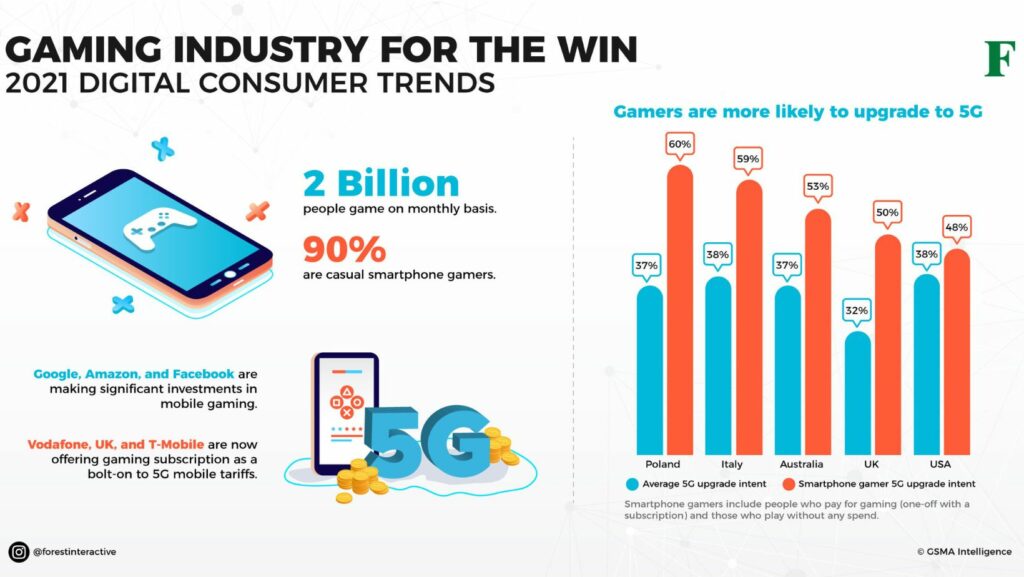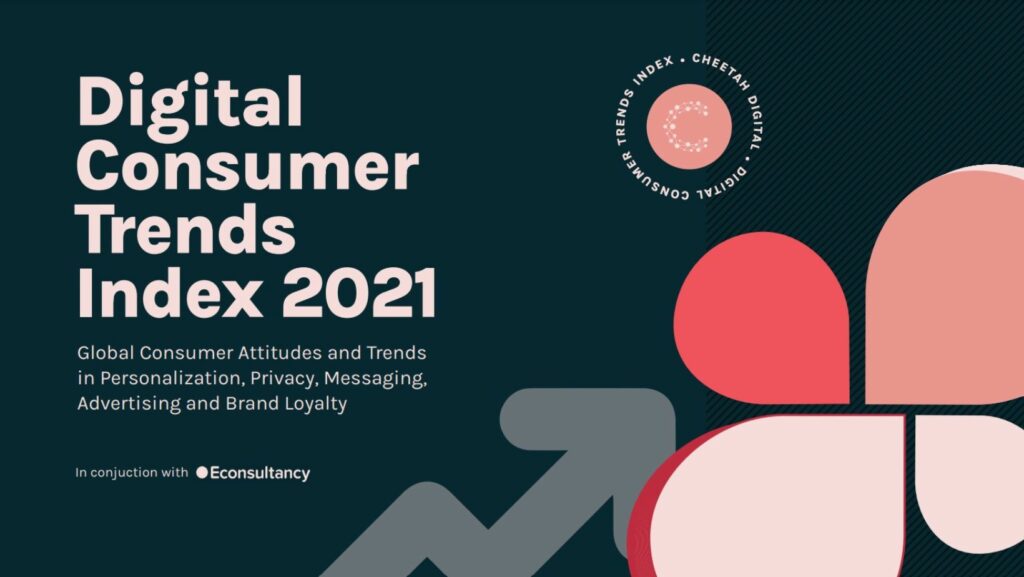Digital Consumer Trends 2021
As we delve into the realm of digital consumer trends 2021, it’s evident that the landscape is evolving at a rapid pace. With the ever-increasing reliance on technology and online platforms, consumers are adapting their behaviors accordingly. From shopping habits to social interactions, these trends paint a vivid picture of the modern consumer.

One significant trend that emerges prominently this year is the surge in e-commerce activities. The convenience and safety offered by online shopping have propelled more individuals to embrace digital transactions. This shift not only affects traditional brick-and-mortar stores but also influences how businesses market and sell their products in an increasingly virtual marketplace.
Moreover, as mobile devices continue to dominate our daily lives, mobile commerce or m-commerce has become a focal point for businesses looking to reach consumers on-the-go. The seamless integration of mobile apps and optimized websites has redefined shopping experiences, emphasizing speed, personalization, and accessibility like never before. Understanding these digital consumer trends is paramount for businesses striving to stay relevant and engage with their target audiences effectively in this dynamic environment.
Evolving Digital Consumer Behavior in 2021
In the ever-evolving landscape of digital consumer trends 2021 has brought about significant shifts and trends that have reshaped how individuals interact with brands and make purchasing decisions. With the global pandemic accelerating the adoption of online shopping and digital services, consumers are now more tech-savvy, discerning, and demanding than ever before.

- Increased Emphasis on E-commerce: The closure of physical stores and social distancing measures have propelled e-commerce to new heights. Consumers are now turning to online platforms not just for convenience but also for safety. This shift has forced businesses to enhance their digital presence, optimize user experience, and offer seamless online transactions.
- Rise of Contactless Payments: Contactless payment methods have gained widespread acceptance as consumers prioritize hygiene and convenience. Mobile wallets, QR codes, and other touch-free options have become mainstream, leading to a decline in cash transactions. Businesses that embrace these contactless payment solutions are likely to appeal to a broader customer base.
- Personalization and Customer Experience: In a sea of choices, consumers gravitate towards brands that tailor their offerings to individual preferences. Personalized recommendations, targeted marketing campaigns based on browsing history or past purchases, and proactive customer service play a crucial role in building loyalty and trust.
As we delve deeper into 2021’s digital consumer landscape, it’s evident that adaptability is key for businesses looking to thrive in this rapidly changing environment. By understanding these evolving behaviors and embracing digital transformation strategies, companies can stay ahead of the curve and meet the evolving needs of today’s tech-savvy consumers.
Impact of Remote Work on Digital Consumption
In the wake of the global shift towards remote work, there has been a notable surge in digital consumption patterns across various industries. As individuals find themselves working from home more frequently, their reliance on digital platforms for communication, collaboration, and entertainment has significantly increased.

Changes in Online Shopping Behavior
With the closure of physical stores and restrictions on in-person shopping experiences, consumers have turned to online shopping as a primary means of purchasing goods and services. E-commerce platforms have witnessed a substantial rise in traffic and sales as people seek convenience and safety in their buying habits. This shift has prompted businesses to enhance their online presence and optimize their digital marketing strategies to cater to this evolving consumer behavior.
Rise of Virtual Events and Streaming Services
The entertainment industry has also adapted to the new normal by hosting virtual events, live streams, and exclusive online content to engage audiences remotely. Concerts, conferences, movie premieres, and other gatherings have transitioned into virtual spaces, allowing participants to attend from the comfort of their homes. Subscription-based streaming services have seen a surge in demand as individuals seek entertainment options during periods of isolation.
Impact on Social Media Engagement
Remote work has led to an increase in social media usage as individuals look for ways to stay connected with colleagues, friends, and family members virtually. Platforms like Facebook, Instagram, Twitter, LinkedIn have become essential tools for maintaining social relationships professionally and personally. Brands are leveraging social media channels more than ever before to reach out to their target audiences and build community engagement.

